The researchers were inspired by bone and cartilage when designing the new membrane.
You’ve likely heard of solar energy, but what is osmotic energy?


Researchers have created an unusual new alloy made up of not two, but five different metals, and put it to work as a catalyst. The new material is two-dimensional, and was able to convert carbon dioxide into carbon monoxide effectively, potentially helping to turn the greenhouse gas into fuels.
The new alloy belongs to a class of materials called transition metal dichalcogenides (TMDCs), which are, as the name suggests, made up of combinations of transition metals and chalcogens. Extremely thin films of TMDCs have recently shown promise in a range of electronic and optical devices, but researchers on the new study wondered if they could also be used as catalysts for chemical reactions.
The thinking goes that because reactions occur on the surface of a catalyst, materials with high surface areas will be more effective catalysts. And as sheets only a few atoms thick, TMDCs are almost nothing but surface area.

Fortunately, automakers, suppliers and government leaders are examining things like electric vehicles and where batteries and other parts come from as they push for North American production. The Department of Energy has released a National Blueprint for Lithium Batteries, and a plan to support the domestic battery production to meet growing needs as people go back to work and school in the fall.
It is tempting to see the chip storage problem as just a technology story. But it also has real-world implications for our national security as so much of defense relies on computers and communications in the era of modern warfare.
As Americans celebrate our independence, we have to re-commit to being independent when it comes to reliance on others for goods and services that fuel our lives. We can’t make everything at home, but we can make more and ensure that disruptions abroad don’t reverberate, negatively, at home. As Congress continues to debate infrastructure and other major legislation, and the COVID-19 pandemic retreats, we will need to work together to ensure that we are prepared for whatever 2022 might bring.

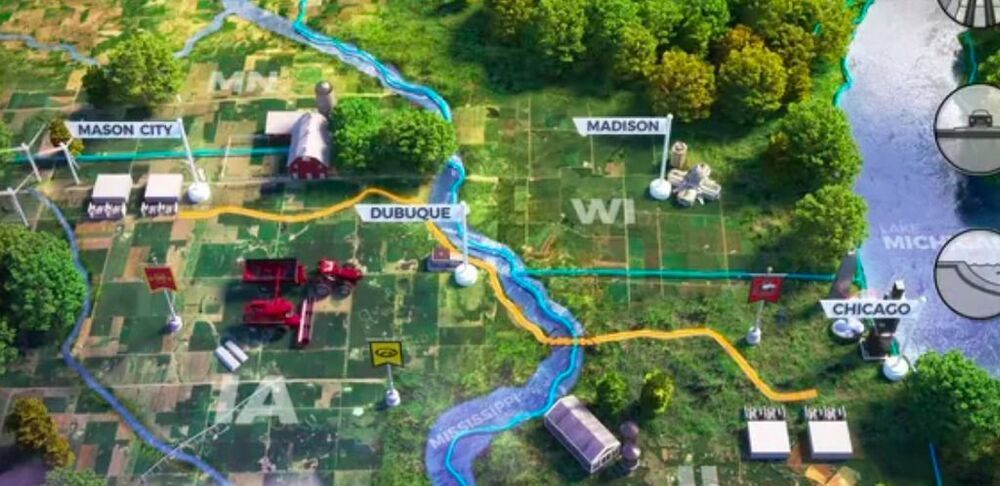
The US power grid needs all of support it can get. Sad that some would stand in the way of progress.
There is no love lost between the notorious Koch brothers and the nation’s railroad industry, and the relationship is about to get a lot unlovelier. A massive new, first-of-its-kind renewable energy transmission line is taking shape in the Midwest, which will cut into the Koch family’s fossil energy business. It has a good chance of succeeding where others have stalled, because it will bury the cables under existing rights-of-way using railroad rights-of-way and avoid stirring up the kind of opposition faced by conventional above-ground lines.
The Koch brothers and their family-owned company, Koch Industries, have earned a reputation for attempting to throttle the nation’s renewable energy sector. That makes sense, considering that the diversified, multinational firm owns thousands of miles of oil, gas, and chemical pipelines criss-crossing the US (and sometimes breaking down) in addition to other major operations that depend on rail and highway infrastructure.
Koch Industries owns fleets of rail cars, but one thing it doesn’t have is its own railroad right-of-way. That’s a bit ironic, considering that railroads provided the initial kickstart for the family business back in the 1920s, but that is where trouble has been brewing today.
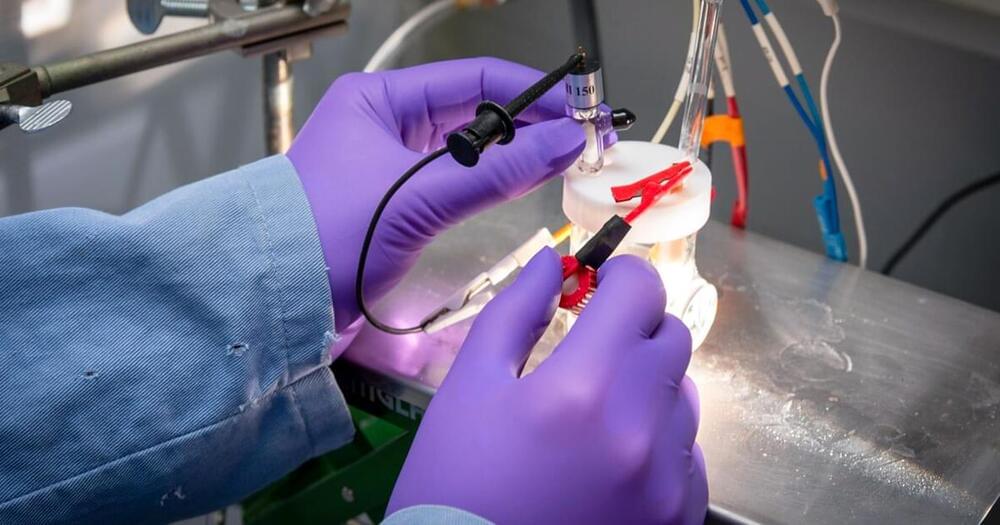
Now, researchers are homing in on an artificial photosynthesis device that could let us do the same trick, turning sunlight and water into clean-burning hydrogen fuel for our cars, homes, and more.
Solar cells already let us convert sunlight into electricity. Artificial photosynthesis devices, however, use sunlight to turn water or carbon dioxide into liquid fuels, such as hydrogen or ethanol.
These can be stored more easily than electricity and used in different ways, allowing them to substitute for fossil fuels like oil and gas.
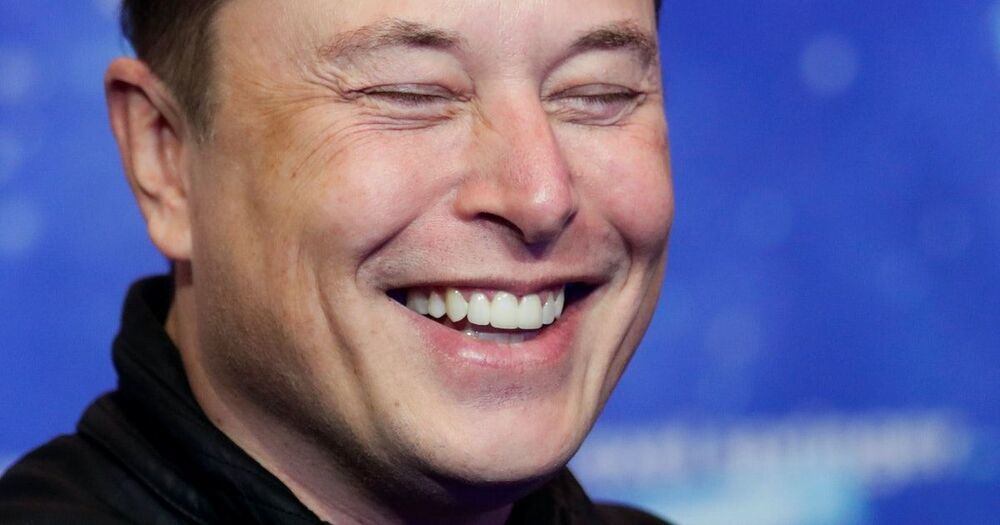

Electric motors have a lot of power and it is instant on-demand.
When Tesla unveiled its new Plaid Model S earlier this month, it took the world by storm, fueling dreams of speed, racing, and fun. In the sense of a grand finale to Tesla’s event, another event was talked about in the weeks following. That event was the annual race to the summit of Pikes Peak. Also known as “The Race to the Clouds,” the entire track winds through 156 turns over 12.42 miles as it reaches the summit of Pikes Peak.
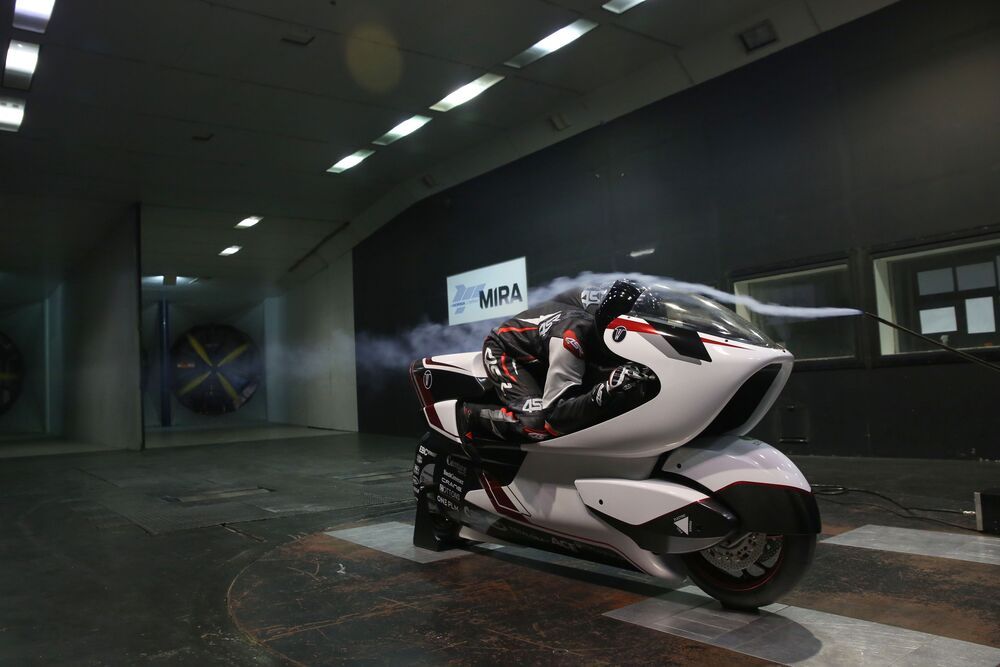
There’s no motorcycle on the planet like this one. British company White Motorcycle Concepts (WMC) has put land speed record holders on notice with a 2WD, hydraulically hub-steered electric motorcycle, designed around a giant hole. The company says the WMC250EV should be capable of more than 250 mph (402 km/h) thanks to a massive 69 percent reduction in drag.
Rob White has paid his dues in the racing world, working on numerous Formula One, Le Mans Prototype, V8 supercar and World Endurance Championship race teams over the last 25-odd years. And his approach to motorcycle design is clearly influenced by the world of high-end cars.
Going super fast ends up being much more about aerodynamics than horsepower; the air becomes a ferocious adversary as you move past two or three times highway speed. Motorcycles are aerodynamically ugly without big, streamlined fairings, chiefly because of the big, funny-shaped human on the back.
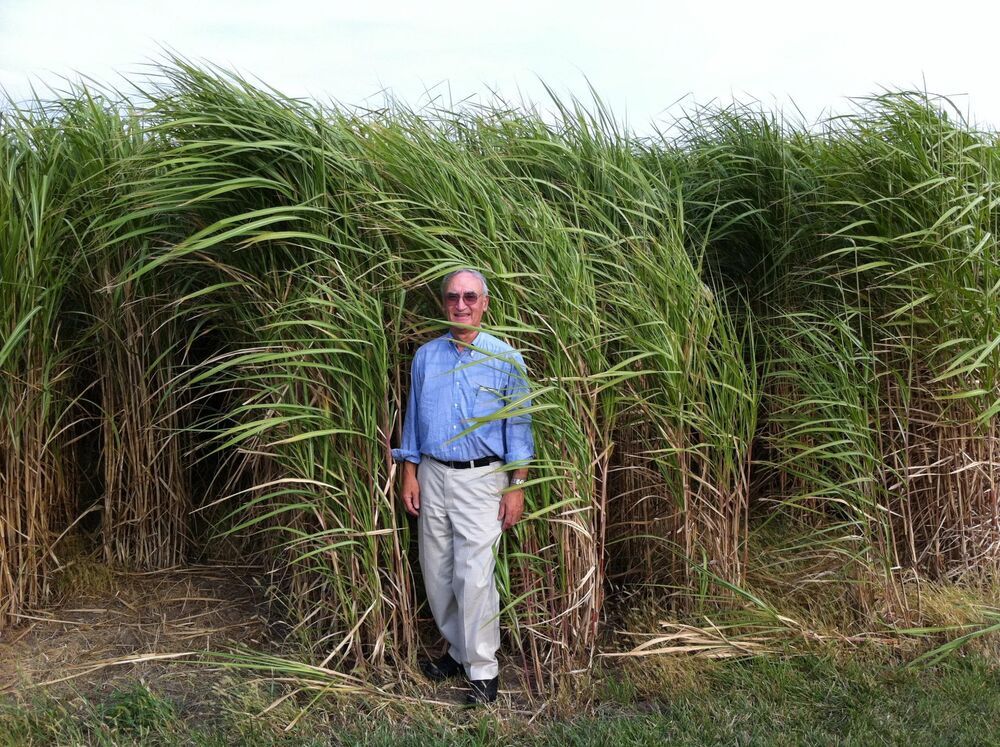
The new system streamlines the process of fermenting plant sugar to fuel by helping yeast survive industrial toxins.
More corn is grown in the United States than any other crop, but we only use a small part of the plant for food and fuel production; once people have harvested the kernels, the inedible leaves, stalks and cobs are left over. If this plant matter, called corn stover, could be efficiently fermented into ethanol the way corn kernels are, stover could be a large-scale, renewable source of fuel.
“Stover is produced in huge amounts, on the scale of petroleum,” said Whitehead Institute Member and Massachusetts Institute of Technology (MIT) biology professor Gerald Fink. “But there are enormous technical challenges to using them cheaply to create biofuels and other important chemicals.”